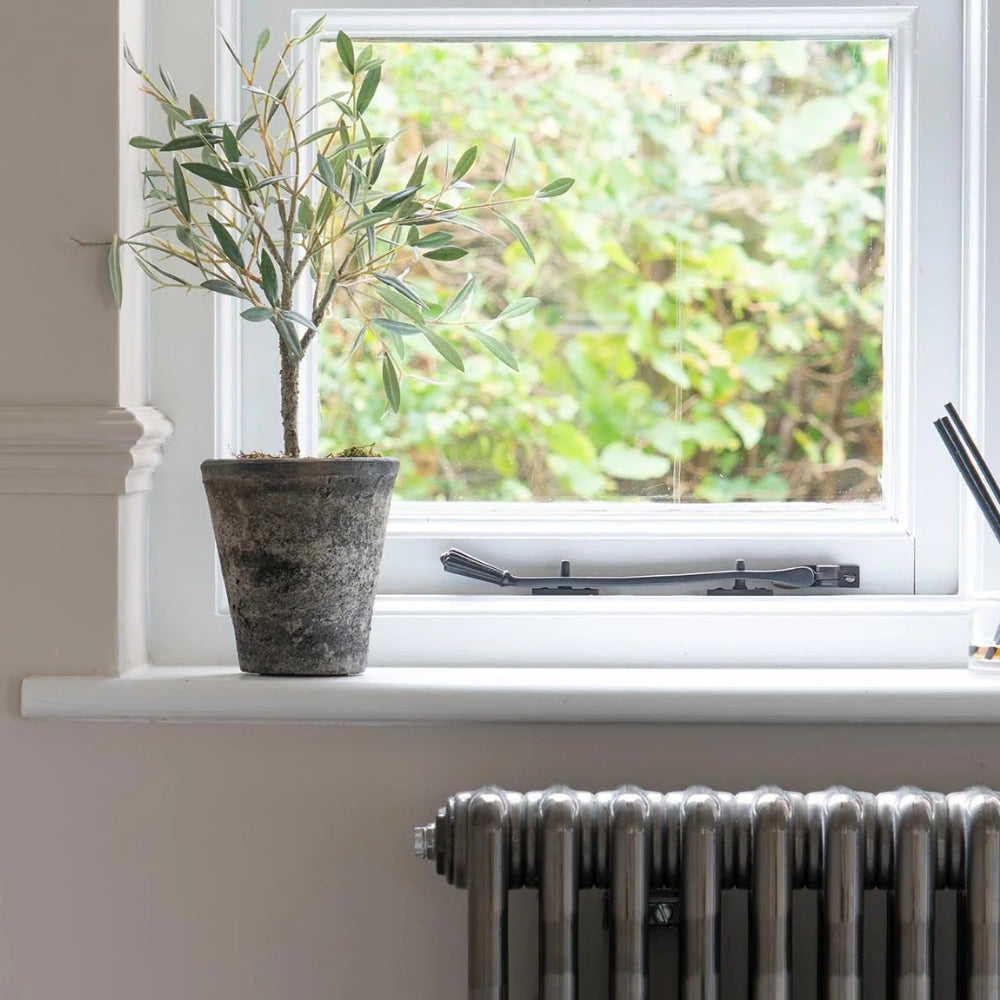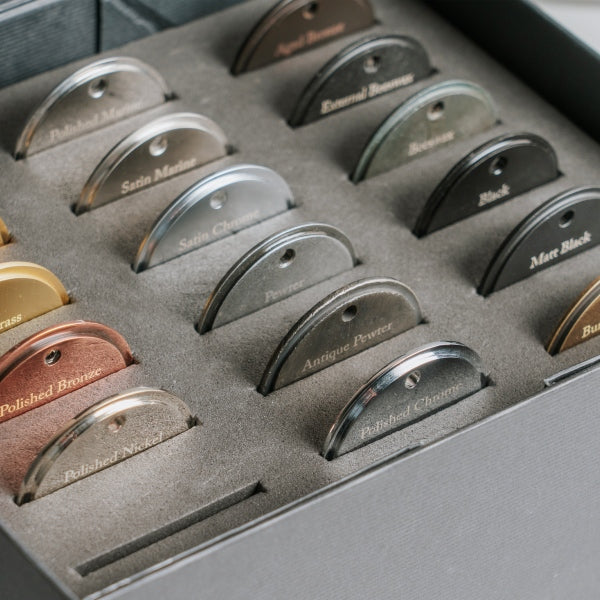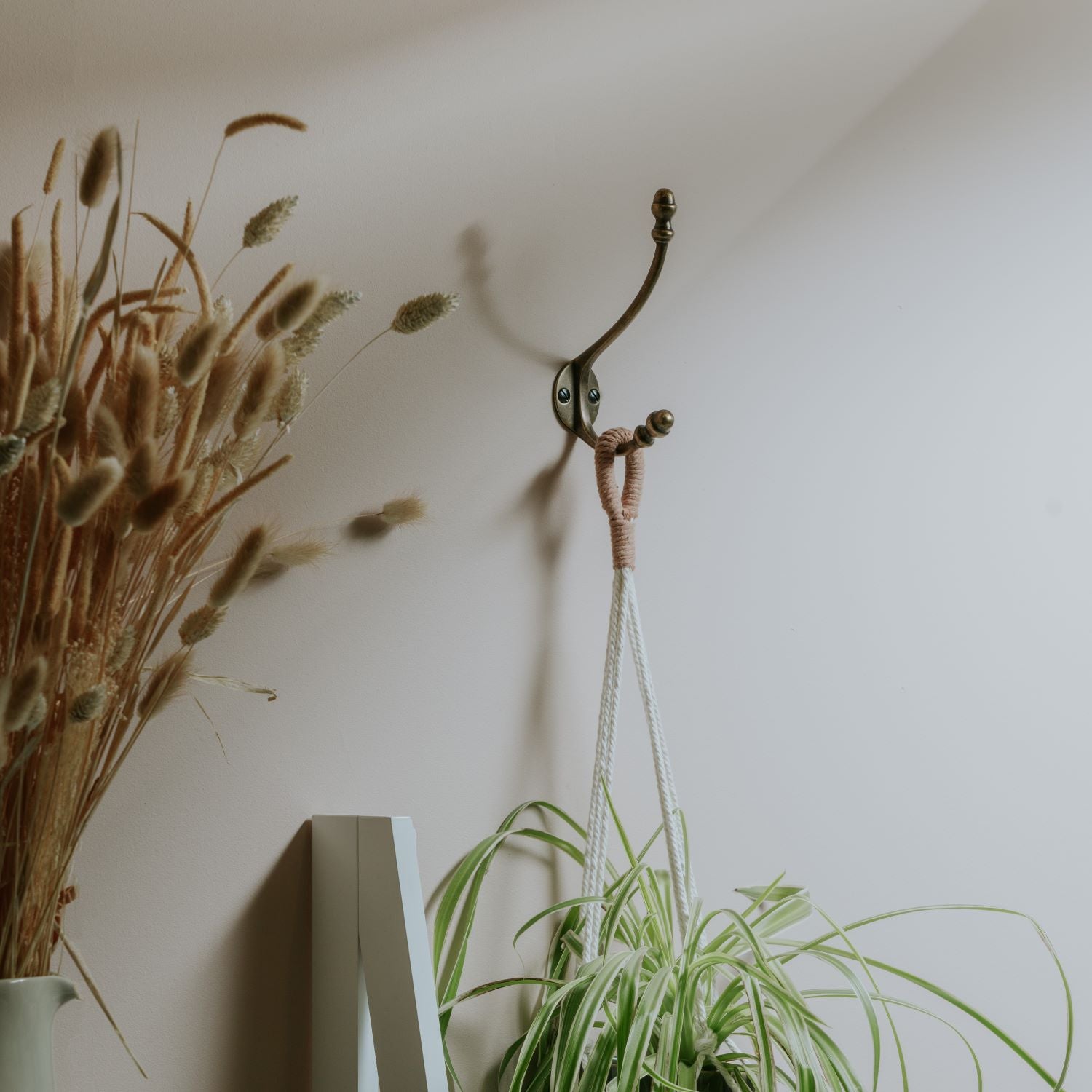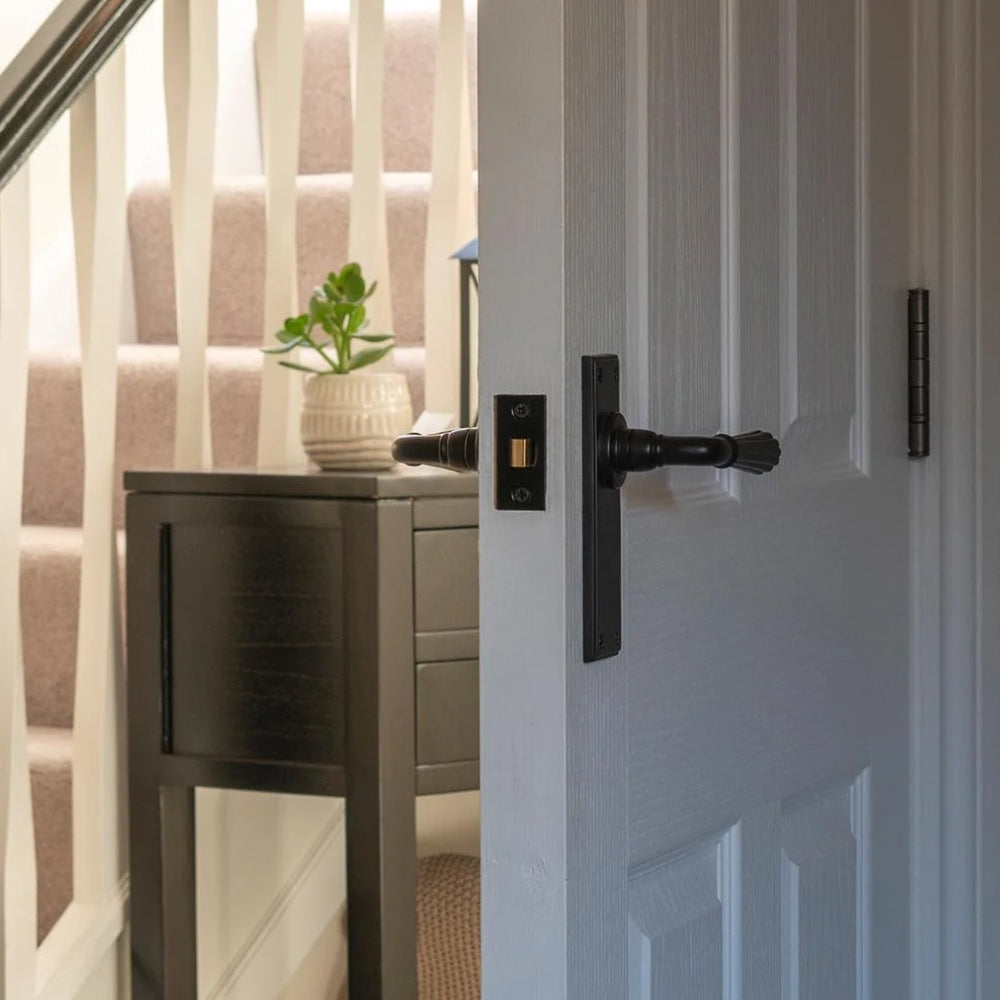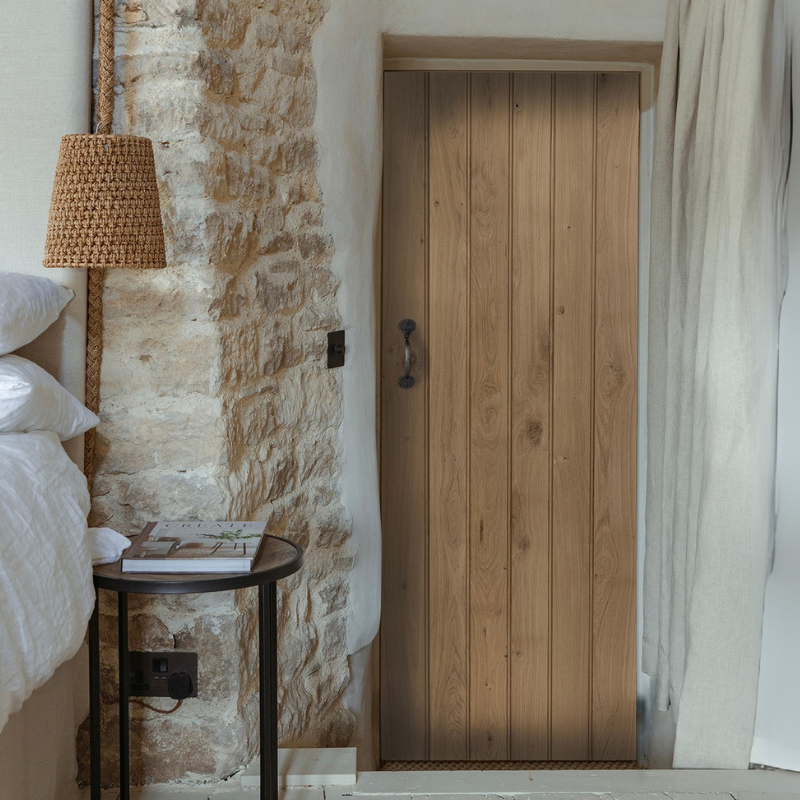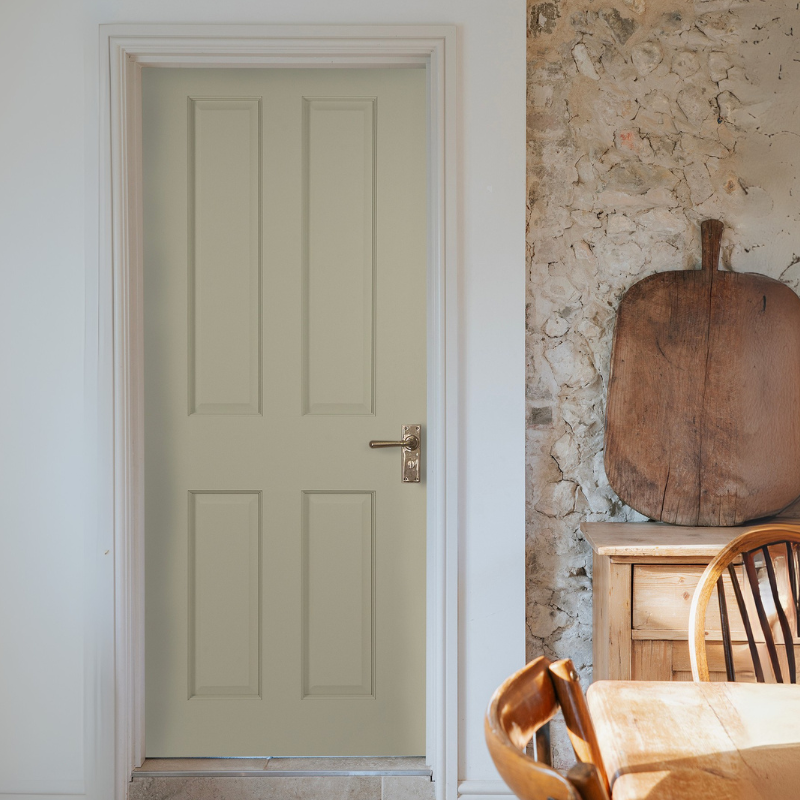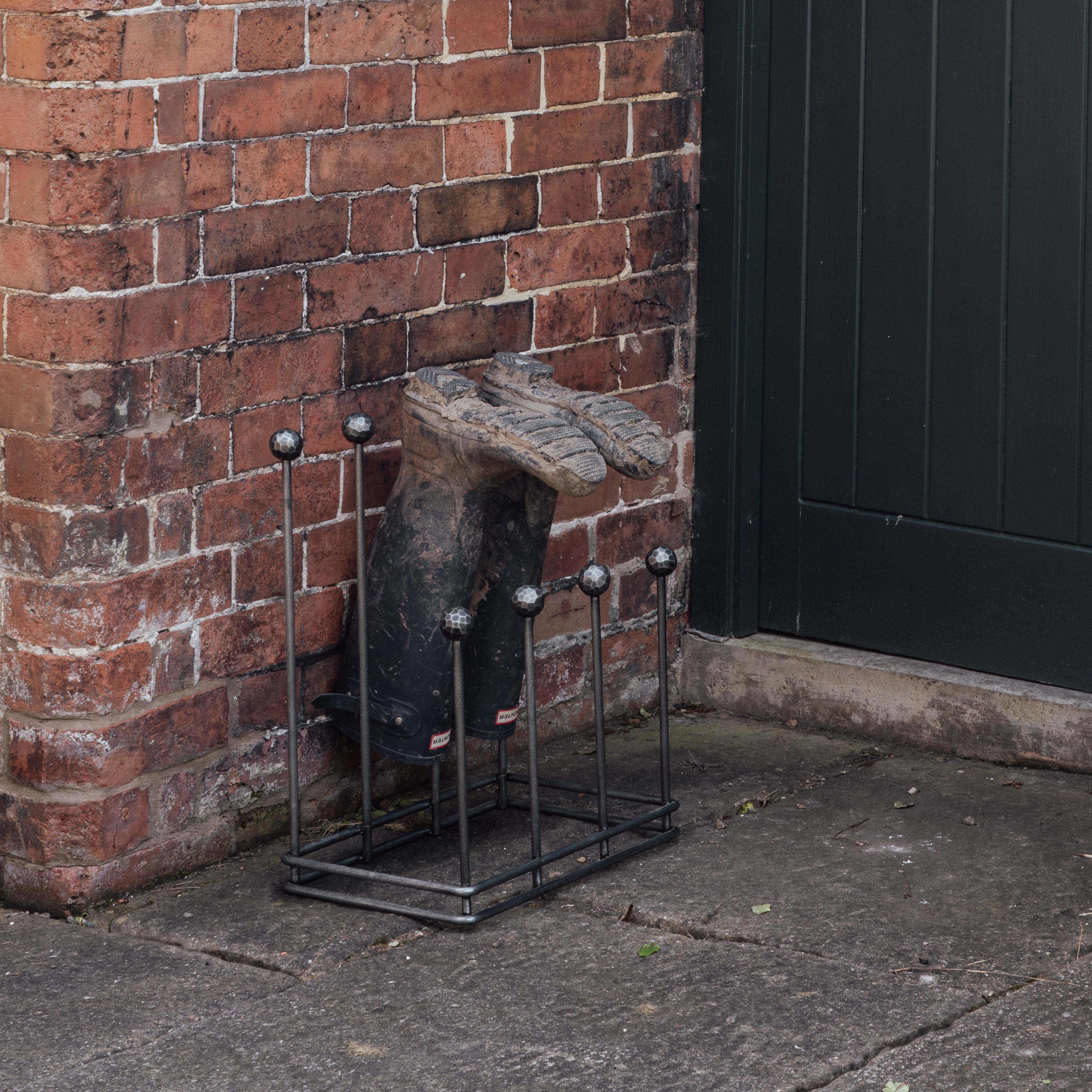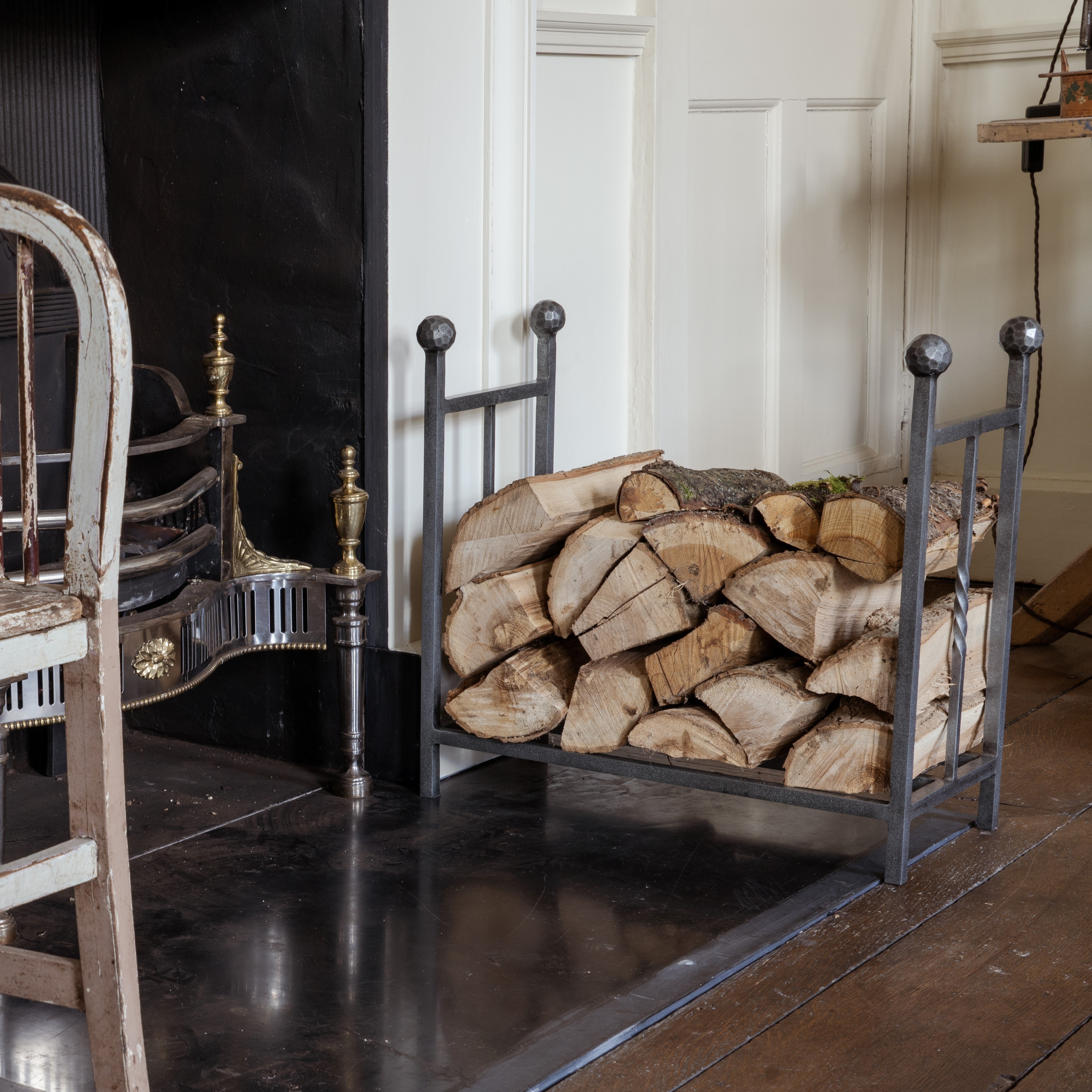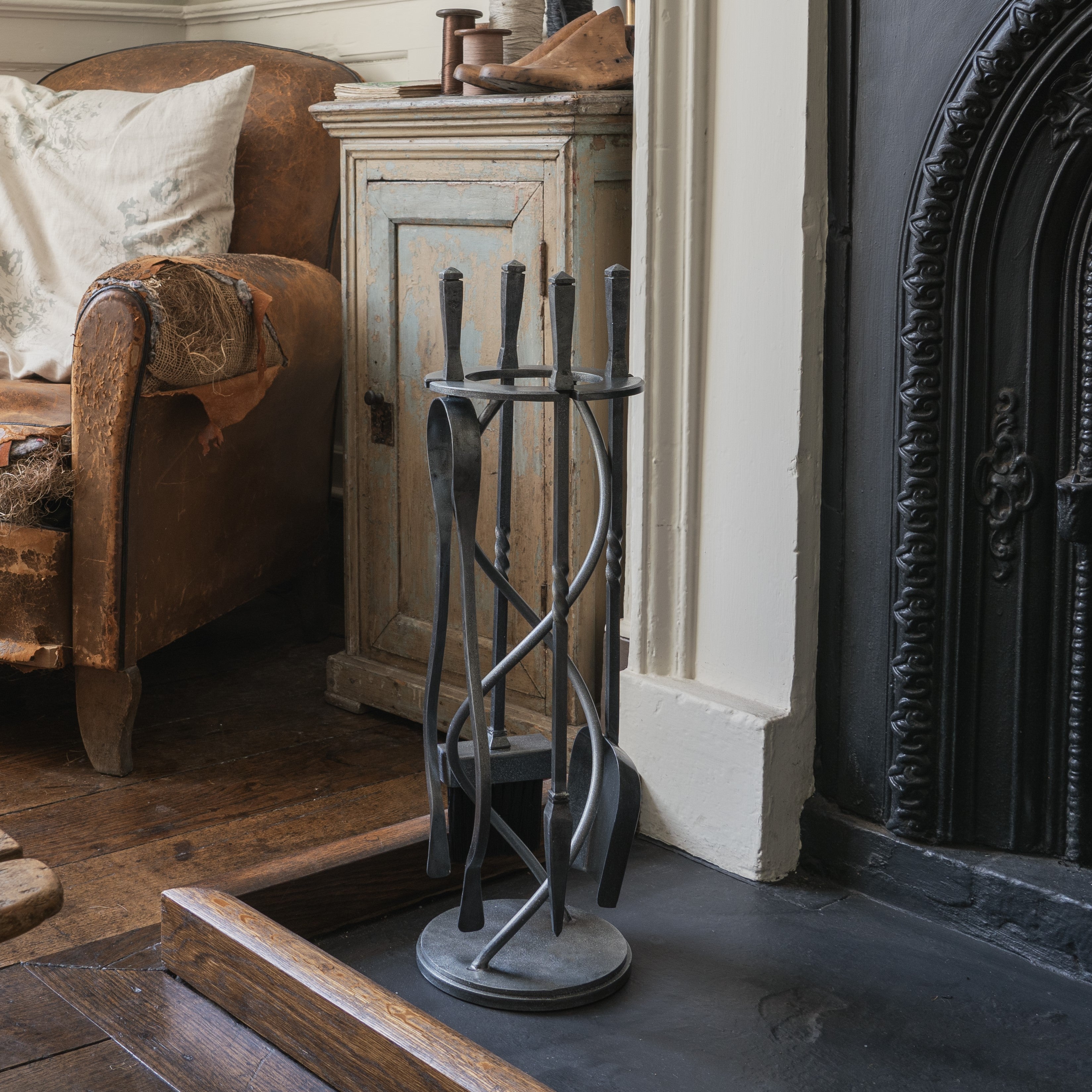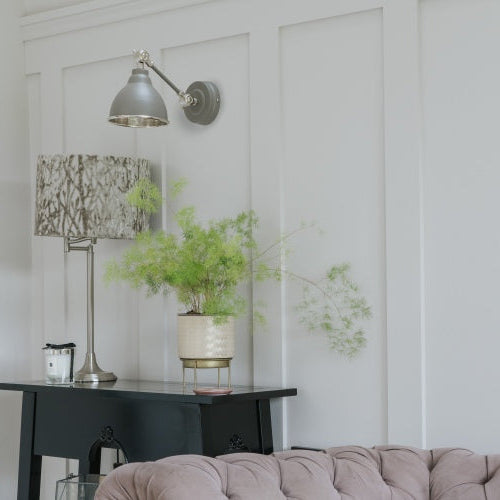There are so manys different types of hinges available, but how do you know which one to choose? This guide will help you select the most suitable hinges for your home!
- Butt Hinges
- Ball Bearing Butt Hinges
- Parliament Hinges
- Butterfly Hinges
- H & HL Hinges
- T Hinges
- Hook & Band Hinges
- Hinge Fronts
Butt Hinges
Butt hinges are one of the most versatile types of hinge and are frequently used in modern homes. They consist of two pivoting metal plates, with one fitted to the door/window and the other fitted to the door/window frame. These hinges can be recessed in if a flush finish is desired.
Often, you'll find these hinges fitted to panelled internal and external doors, alongside lever handles or mortice knobs. Butt hinges are also frequently used to hang casement windows.
For light windows and cupboard doors, a single pair (two hinges) should be sufficient, but if you have solid oak doors or other heavy products, it's wise to add an extra hinge in the middle to support the weight.
It's also important to consider the size of your butt hinges.
- 2½” and 2” are ideal for wardrobes and cupboard doors.
- 3" is designed for wardrobes, cupboard doors, windows, and lighter internal doors.
- 4" is suitable for use on larger, heavier doors.
Above: From The Anvil's Pewter butt hinges on wooden doors.
Ball Bearing Butt Hinges
Ball bearing butt hinges look very similar to standard butt hinges, but they have ball bearings around the central pin. This creates a permanently lubricated surface area within the barrel to provide extra strength and a smooth opening action.
Due to their impressive strength and durability, ball bearing butt hinges are ideal for use on heavy internal and external doors.
Above: From The Anvil's Satin Stainless Steel ball bearing butt hinges on aluminium bi-folding doors.
Parliament Hinges
Parliament hinges are designed for doors that fold back on themselves to open 180 degrees, such as French doors. This is thanks to the extra projection and cut-outs at the top and bottom of the hinges. Parliament hinges can also be used on window shutters and internal doors with obstructions such as wooden beams or deep trim mouldings and are a great way to maximise space.
Above: From The Anvil's Satin Stainless Steel parliament hinges on a wooden window shutter.
Butterfly Hinges
Butterfly hinges are a wonderful way to add character to cupboards, wooden chests, and window shutters. At rest, these hinges look like a butterfly thanks to their symmetrical leaf's. Unlike butt hinges, parliament hinges are surface-mounted to the visible side of a door.
For doors with limited space (such as kitchen cupboards), a half butterfly hinge is a great alternative. Half butterfly hinges have one 'wing' replaced with a half butt hinge, making it easier to mount in restrictive areas.
Above: From The Anvil's Pewter butterfly hinges on a closed door.
H & HL Hinges
A simple, yet decorative, alternative to butt hinges, these hinges are shaped like the letter 'H' when opened. Small H hinges are ideal for use on kitchen cabinets, whereas large H hinges are more suitable for wardrobe doors.
Similarly, HL hinges have one long, straight leaf, and one 'L' shaped leaf. These hinges can be used to provide extra support for large or damaged cupboards, doors, windows, or shutters.
T Hinges
T hinges are a truly traditional hardware choice. Loved for their decorative appearance, these hinges are ideal for use on ledge and brace or plank doors alongside a thumblatch. T hinges can also be used to add a rustic look to wooden doors or cottage dwellings.
T hinges are available in various sizes, ranging from 4" all the way up to 22". Small T hinges may be used for kitchen cupboard, whereas larger hinges can be used on internal doors or external gates. For a general rule, your T hinge should cover 2⁄3 of the width of your door.
T hinges are sold in pairs and two hinges per door is sufficient in most cases. If you have a particularly large or heavy door, you may opt for an additional hinge (3 hinges in total) to provide additional support.
Above: From The Anvil's Pewter Penny End T hinge on a wooden ledge and brace door.

Hook & Band Hinges
Hook & band hinges are aesthetically similar to T hinges, but are primarily used for heavy gates. Unlike T hinges, hook & band hinges come as two separate pieces; the hinge plate and the band.
The hinge plate is a rectangular piece of metal with a hook on it, which is fitted to the gate post. The band is the long, decorative piece of metal which attaches to the gate itself. The band sits over the hook on the hinge plate, securing it in place.
Cranked hook & band hinges are also available to enable the gate to sit flush with the surface of a frame.
Above: From The Anvil's Black cranked hook & band hinges on a wooden gate.

Hinge Fronts
Hinge fronts are a purely decorative piece of hardware used to add a traditional look to more modern doors. If your door is hung with butt hinges, you can attach hinge fronts to give the appearance of T hinges. Please bear in mind that hinge fronts are not for weight-bearing.

Above: From The Anvil's Black Penny End hinge fronts on a white door with Black butt hinges.
Overview
- Internal panelled door - butt hinges
- External panelled door - ball-bearing butt hinges
- French doors - parliament hinges
- Ledge & brace / plank doors - T hinges
- Garden gates - hook & band hinges
- Kitchen cabinets (rustic) - butterfly hinges, H & HL hinges, or T hinges
- Kitchen cabinets (modern) - butt hinges
Discover our full collection of From The Anvil hinges here!






